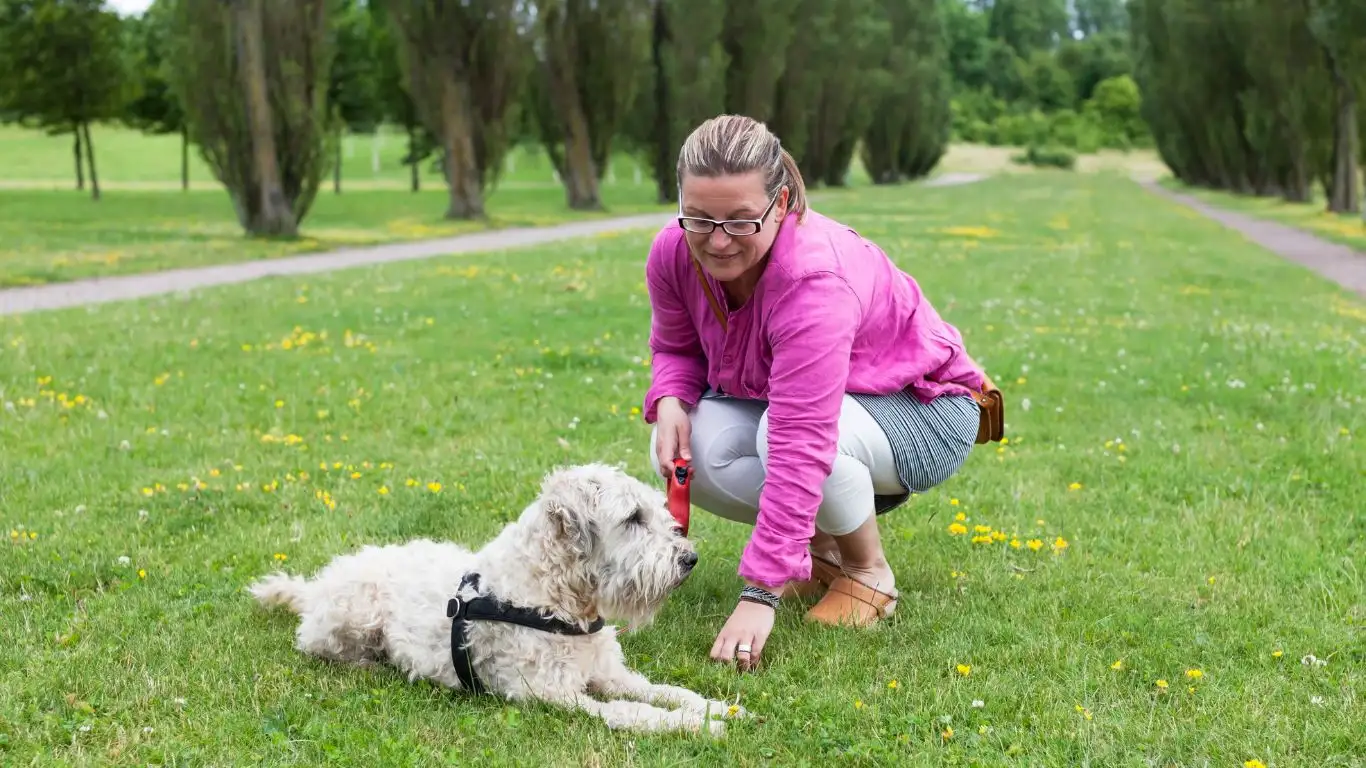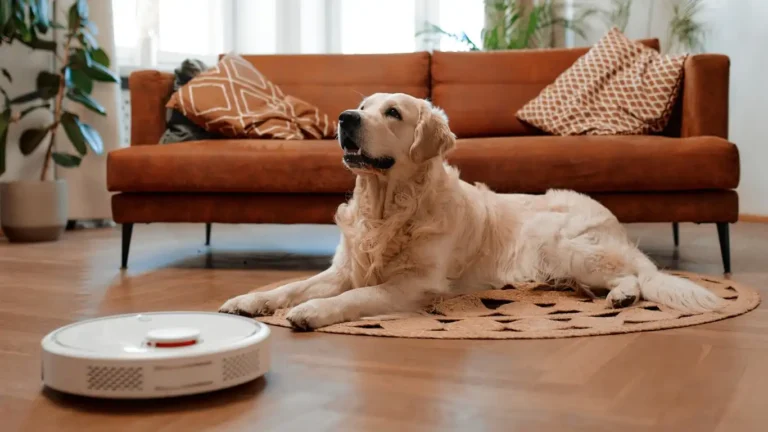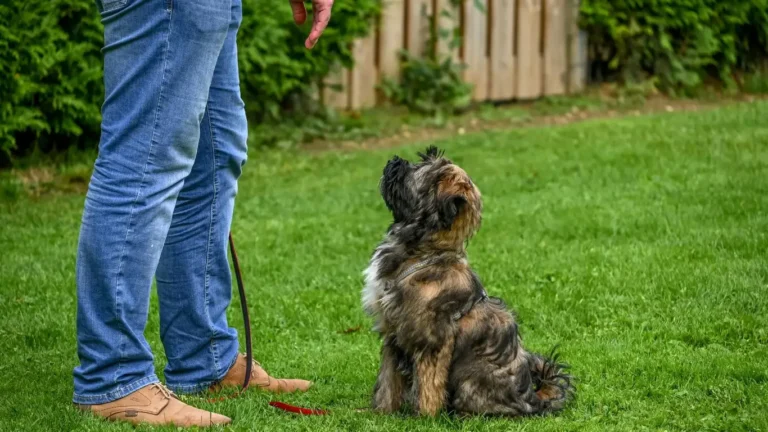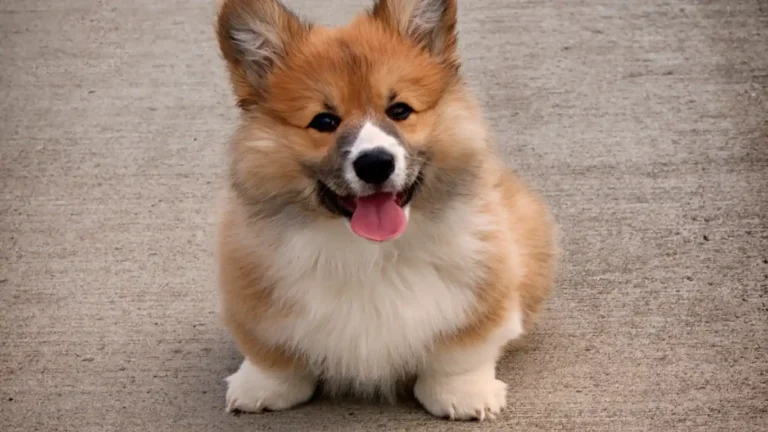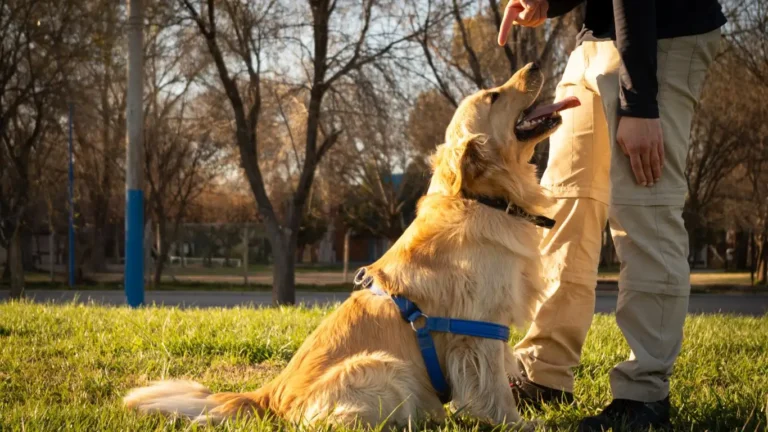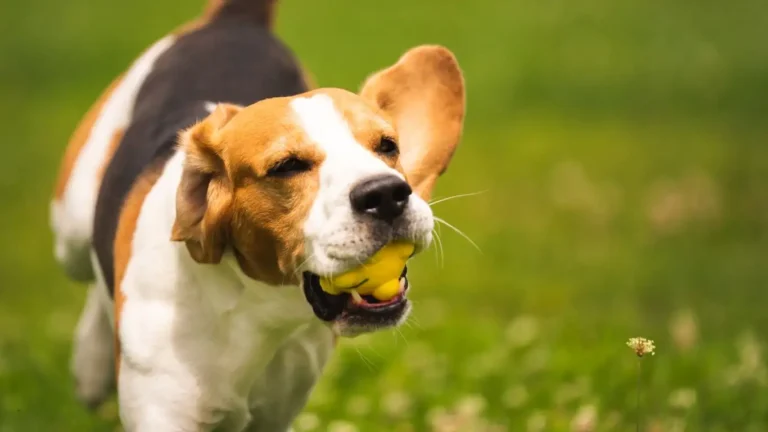Master How to Train a Dog to Handle Busy Sidewalks Like a Pro
If you’ve ever tried to stroll down a jam-packed city sidewalk with your dog zigzagging like a furry pinball, you’re definitely not alone. One of the most common questions I get as a Canine-Assisted Therapy Trainer is, “How do I get my dog to stay calm and focused on busy sidewalks?” So if you’re wondering how to train a dog to handle busy sidewalks, you’re in the right place. I’ve been in those shoes — leash in one hand, coffee in the other, praying my pup doesn’t lunge at a scooter or get spooked by a stroller. It’s a real struggle. But the good news is, with the right strategies, a little patience, and a sense of humor, your walks can go from chaotic to chill.
Why Sidewalk Training Is a Must for Urban Dogs
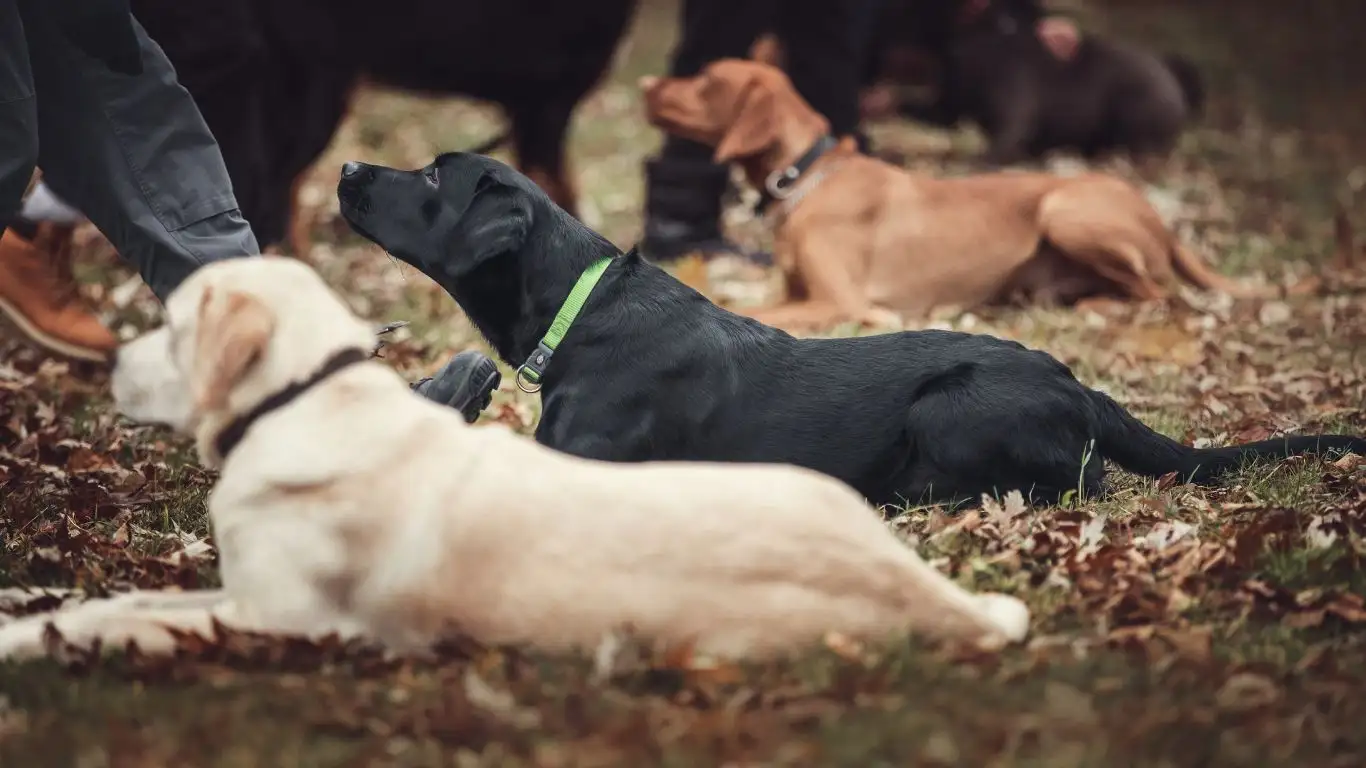
Most dogs aren’t naturally wired to deal with the overstimulation that comes with crowded city sidewalks. We’re talking blaring horns, rollerbladers, fast-walking commuters, other dogs, kids with snacks — it’s a sensory minefield. Training your dog to handle all this isn’t just about obedience; it’s about building confidence and trust between you and your pup.
I’ve worked with therapy dogs that needed to navigate hospitals, airports, and even bustling festivals. Guess where we start? Yep — sidewalks. Getting a dog comfortable with these everyday distractions lays the groundwork for nearly every other form of public behavior. And for pet parents just trying to enjoy a peaceful walk to the coffee shop? This skill is an absolute game-changer.
Start with the Right Mindset
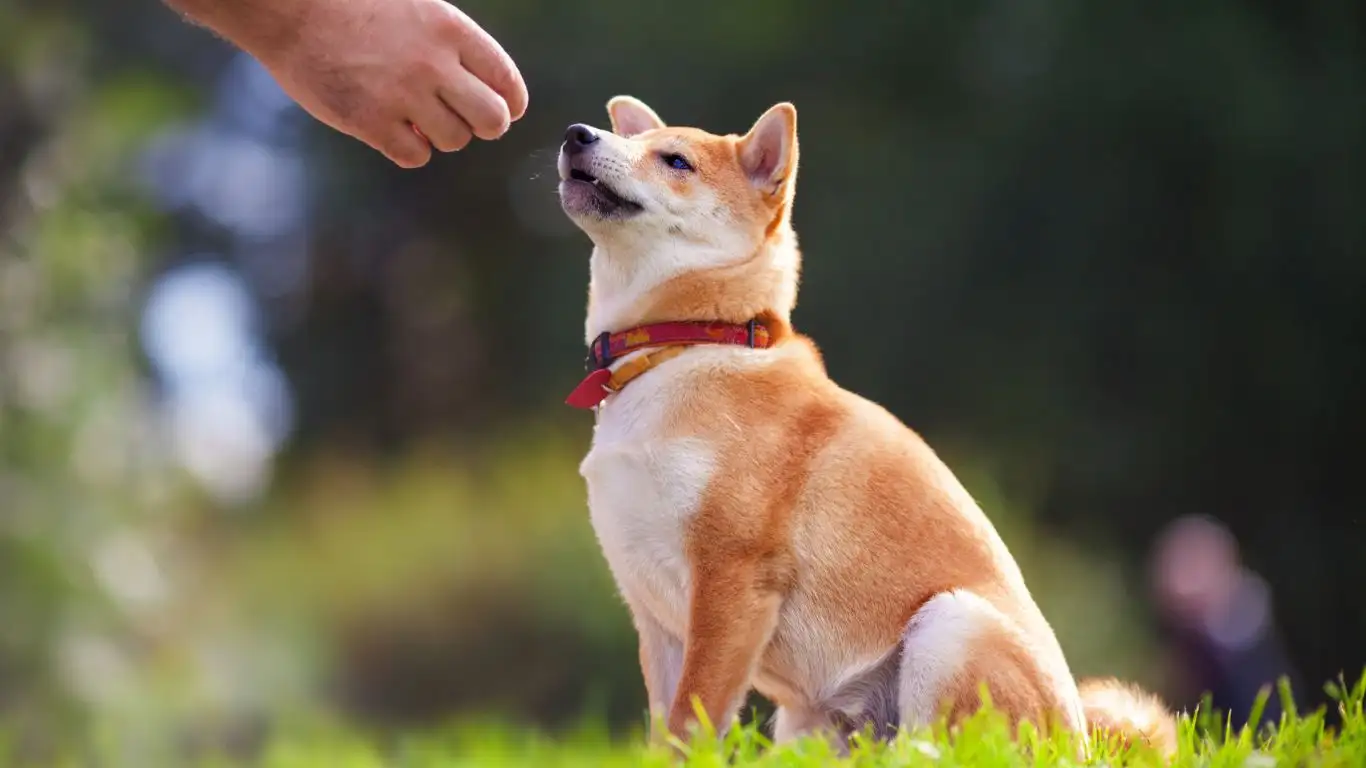
Don’t Expect Perfection
Let me say this loud and clear: your dog isn’t a robot. There will be moments where they lose focus — and that’s okay. Training is about progress, not perfection. I’ve had golden retrievers breeze through city training and border collies that took weeks to even tolerate passing joggers. Each dog learns at their own pace.
Stay Chill, They Feel That
Dogs are pros at picking up on our energy. If you’re anxious about how your pup will react, they’ll feel that and mirror it. Before stepping out the door, take a deep breath. Be calm. Confident. You’re the leader, and your dog needs to sense that you’ve got things under control — even if inside, you’re panicking a little. Fake it till you make it, right?
How to Train a Dog to Handle Busy Sidewalks: Laying the Groundwork

1. Master the Basics at Home First
Before you dive into sidewalk training, make sure your dog is solid on basic commands like “heel,” “watch me,” “leave it,” and “sit”. These cues will be your anchor when things get hectic. I like to practice these in the living room with small distractions first — a bouncing ball, TV noise, or even a friend walking through the room holding pizza.
2. Choose Low-Stimulation Routes to Begin
When you’re first starting out, skip the rush hour scene. Find a quieter sidewalk with minimal foot traffic. Early mornings or residential streets are great. Gradually build up the noise and foot traffic as your dog gains confidence. Think of it as exposure therapy — you’re desensitizing your dog to chaos in manageable steps.
3. Use High-Value Treats
This isn’t the time for kibble, my friend. We’re talking about the big guns: cheese cubes, freeze-dried liver, bits of hot dog — whatever your dog loses their mind over. Busy sidewalks demand high motivation. These treats are not bribes; they’re rewards for choosing to focus on you instead of everything else going on.
- Reward for checking in with you
- Reward for walking nicely on leash
- Reward for ignoring a distraction
4. Keep Walks Short and Sweet at First
Don’t expect your pup to walk calmly for 30 minutes on their first try. Start with 5–10 minute sessions. End on a high note — when your dog is doing well — rather than pushing until they’re overwhelmed. I always say it’s better to finish a session with a tail wag than a meltdown.
Trust me, the time you invest upfront saves you months of frustration down the road. I’ve had clients tell me their “impossible” dogs now heel like pros in downtown crosswalks. It just takes the right plan, a little patience, and sometimes a pocket full of bacon.
Desensitizing Your Dog to Sidewalk Chaos
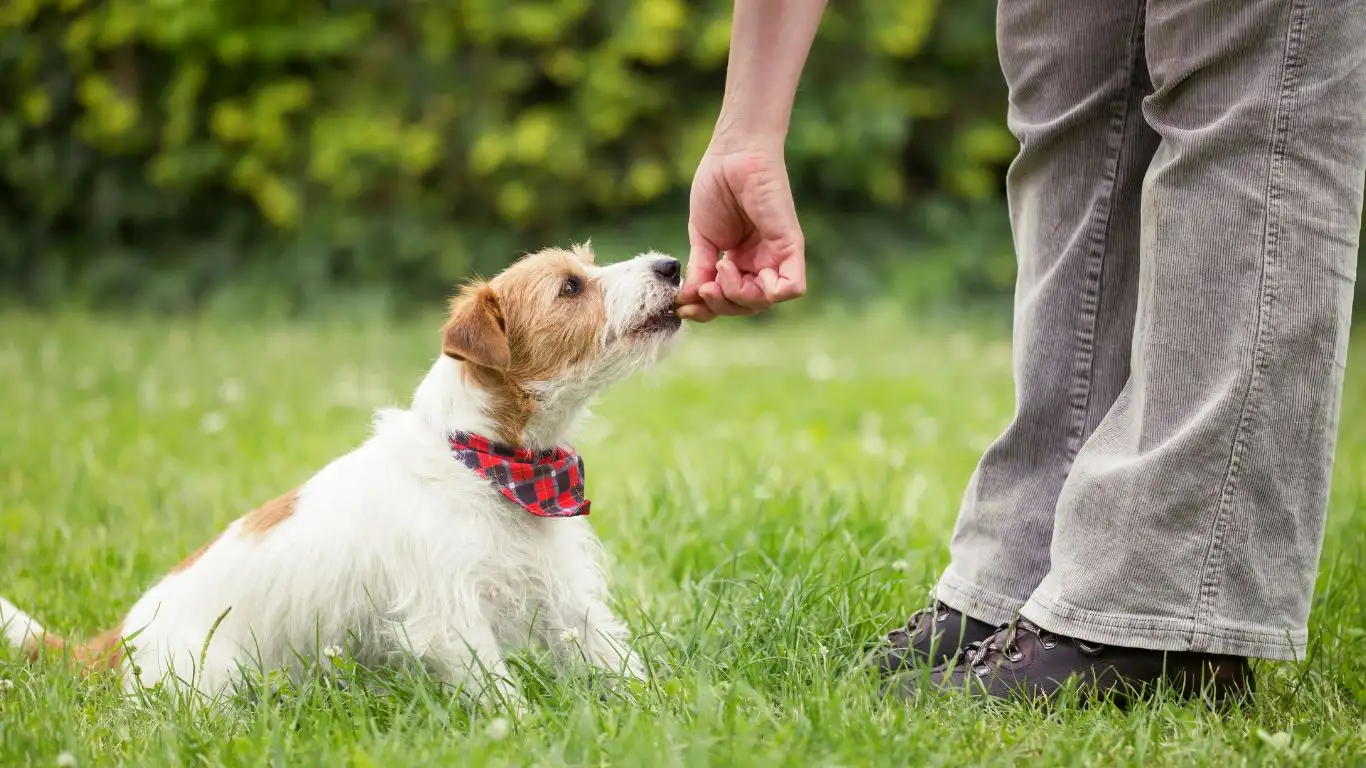
Once your dog’s got the basics down in quieter areas, it’s time to gently increase the challenge. I like to call this “urban boot camp,” but really, it’s just gradual exposure. One of my rescue dogs, Rocky, used to completely shut down around skateboards — tail tucked, legs frozen, the whole nine yards. But with consistency and slow progress, he now struts past skaters like it’s no big deal.
Step Up the Distractions — Slowly
Choose locations where there are a few more people, maybe a bicyclist or two, but not overwhelming. Think outdoor shopping strips early in the day or quieter parks with paved paths. As always, bring your high-value treats and make your dog’s success easy. Reward like crazy for good decisions — like checking in with you instead of barking at a jogger.
Use the “Look at That” Game
This one’s a game-changer. When your dog spots a distraction, instead of pulling their attention away, reward them for noticing it without reacting. Here’s the quick version:
- Your dog sees something (like a skateboarder).
- Before they react, say “Yes!” and treat them.
- Repeat until they start looking at you when they see the trigger.
This technique builds emotional resilience and turns sidewalk chaos into a training opportunity. I use it constantly in therapy dog prep and everyday walks.
Teaching Focus Amid the Madness
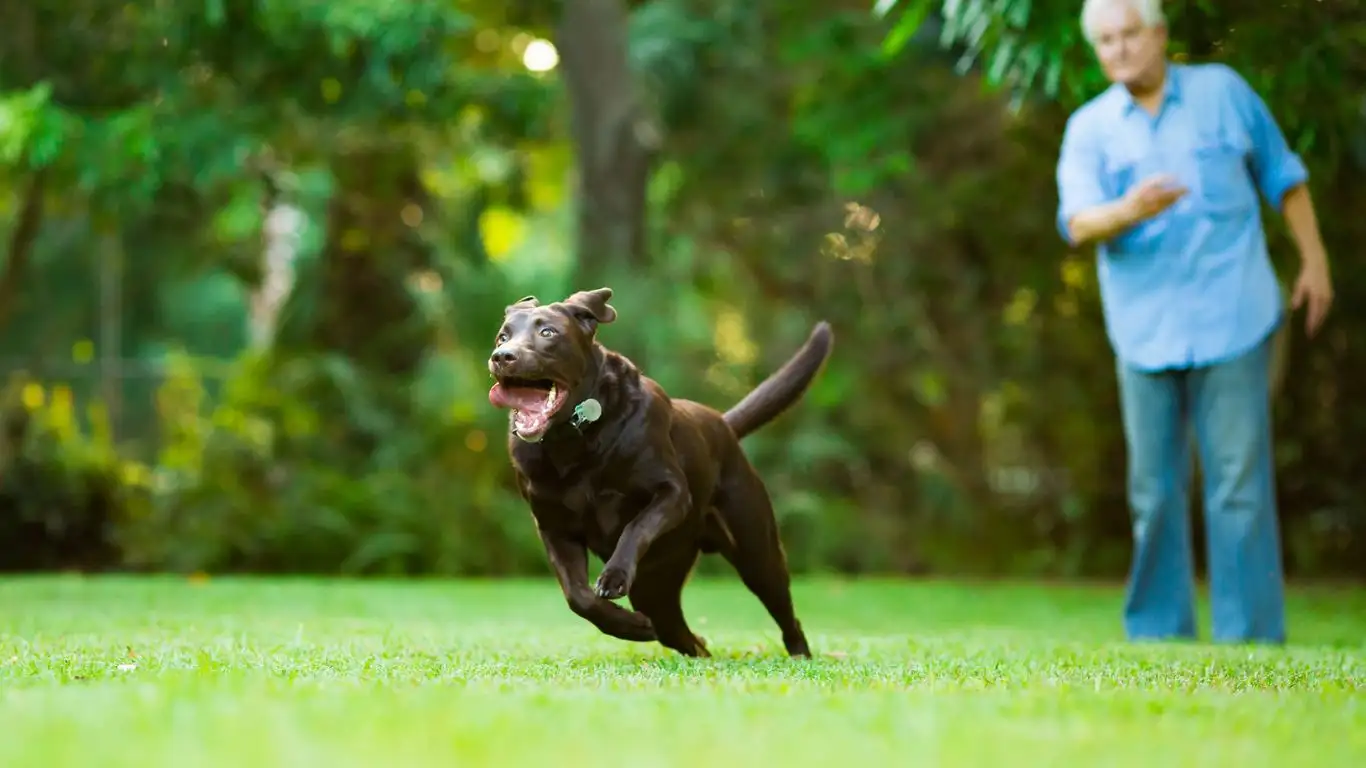
“Watch Me” Is Your Secret Weapon
I can’t overstate how powerful a solid “watch me” cue is. Teaching your dog to lock eyes with you in distracting situations is like hitting the reset button on their brain. It redirects their attention and puts them back into thinking mode.
Start training “watch me” in quiet areas, and once they’ve nailed it, level up to busier sidewalks. I like to do this exercise near bus stops or coffee shops with outdoor seating — places with just enough activity to challenge them without being overwhelming.
Practice “Heel” in Real-Life Scenarios
It’s one thing to practice “heel” in your driveway. It’s another to do it while someone blasts music from a speaker on a passing e-bike. Here’s the key: reward your dog for even short bursts of success. Walking calmly by your side for five steps? Treat. Didn’t pull toward that hot dog stand? Double treat.
In my own sessions, I use natural sidewalk features — like light poles or benches — as reset points. We’ll walk from one to the next, then pause for a reward or cue a “sit” to regroup. This makes things more manageable for your dog and gives them frequent wins.
Real-Life Scenarios You Should Practice
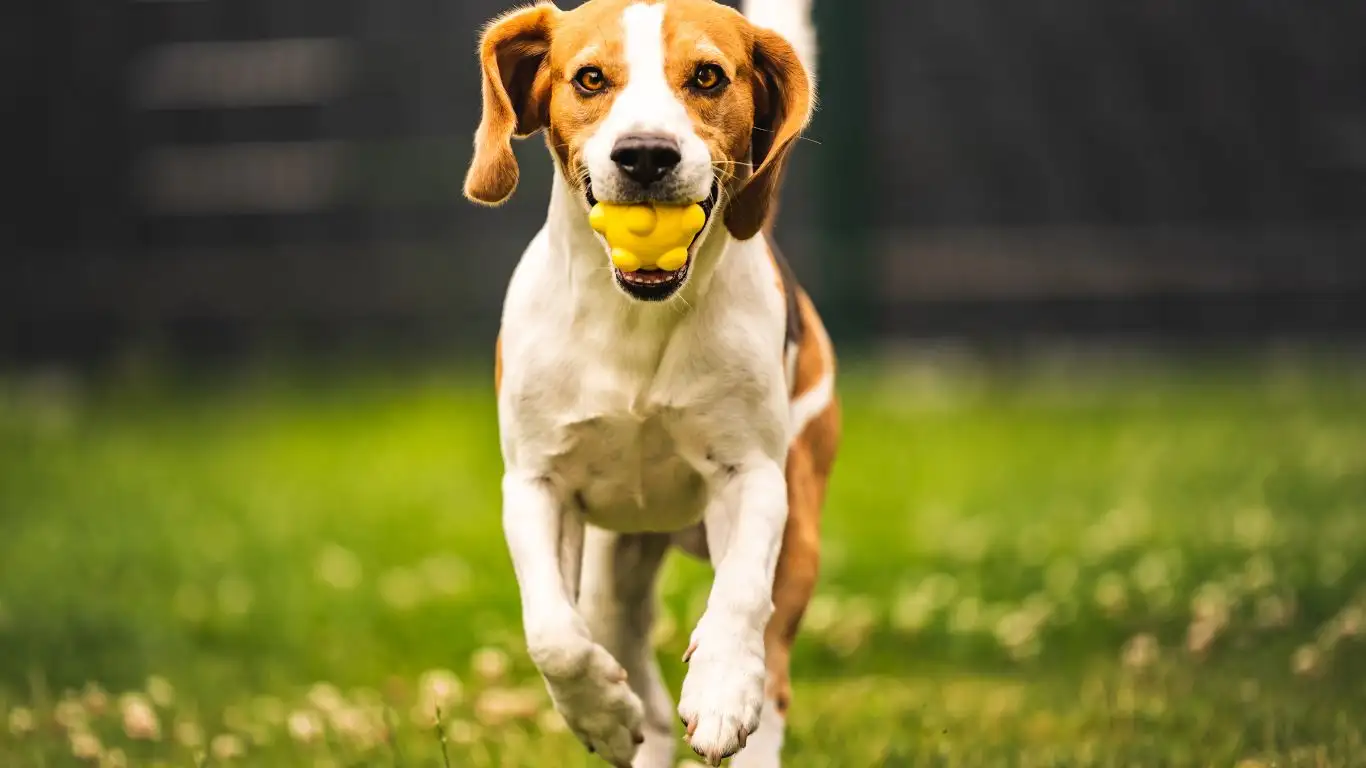
Eventually, you want your dog to be able to handle all the weird, noisy, unpredictable things that happen on a city sidewalk. Here are some everyday situations you should actively train for:
- Passing another leashed dog (especially if the other one is barking)
- Sidewalk cafés with food smells and foot traffic
- Crosswalks with multiple pedestrians moving fast
- Construction sites or loud street cleaning vehicles
- People carrying unusual items — umbrellas, shopping carts, balloons
For each of these, start at a distance where your dog can notice the trigger without freaking out. As they gain confidence, close the gap. With my own clients, we often circle a block several times, getting a little closer with each loop. It might look repetitive, but it’s powerful — and your dog builds courage with every pass.
Be Their Advocate
This part’s important. If a situation feels too overwhelming, advocate for your dog. Step off to the side. Take a break. Say no to a stranger who insists on petting your anxious pup. Your dog will trust you more when they know you’re looking out for them. I’ve had dogs come out of their shell dramatically just because they felt safer with their handler making thoughtful decisions.
And honestly? Sometimes the best training tool is just patience. You’re not in a race. Every successful sidewalk walk, no matter how short, is a win. And before you know it, you’ll look up and realize your dog’s cruising past food trucks and fire hydrants like a total pro.
Consistency is Key: Maintaining Progress in Sidewalk Training
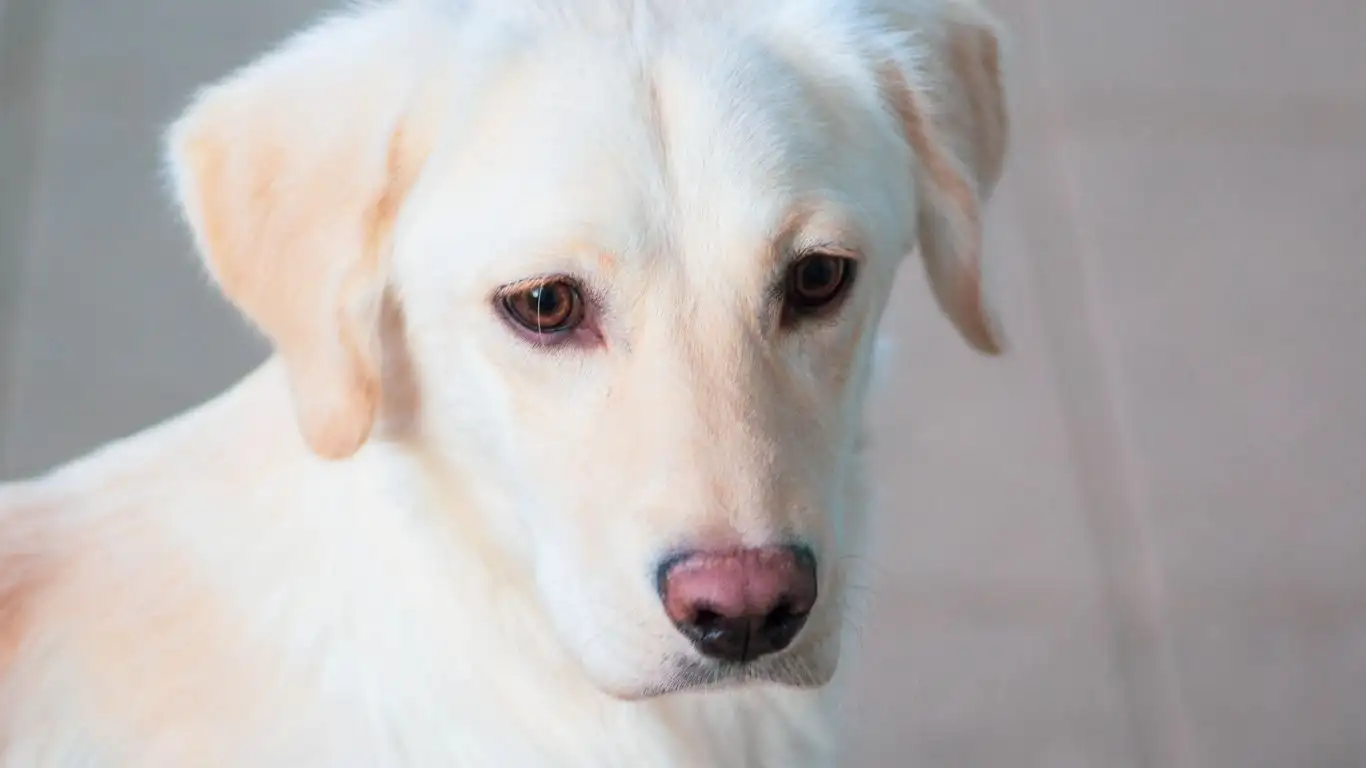
Alright, now that your dog has made amazing progress in handling sidewalks with distractions, let’s talk about how to maintain that progress. Training doesn’t stop just because your dog can walk past a skateboarder or ignore a cyclist. To keep things moving forward, you’ll need to stay consistent and keep practicing in various environments. This is the “muscle memory” part of training. It’s just like working out at the gym: You don’t build strength overnight, but you do build it with consistent effort.
Revisit Training Locations Regularly
It’s easy to fall into the trap of thinking that once your dog can handle one location, they’ll handle them all. But trust me — diversity is your friend. Different sidewalks, different neighborhoods, different types of distractions — they all present new challenges. That’s why I recommend periodically switching up the places where you train. You can find a busier street one day, a quieter park the next. The more variety you introduce, the more resilient your dog becomes in unpredictable situations.
I’ve found that taking dogs to various environments — from quiet suburban streets to bustling downtown sidewalks — strengthens their ability to adapt to new situations. It’s a powerful confidence booster for both you and your dog. I’ve had therapy dogs that trained in my neighborhood but went on to handle crowded airports with ease. And guess what? It all started with mastering their local sidewalks.
Handling Setbacks and Challenges
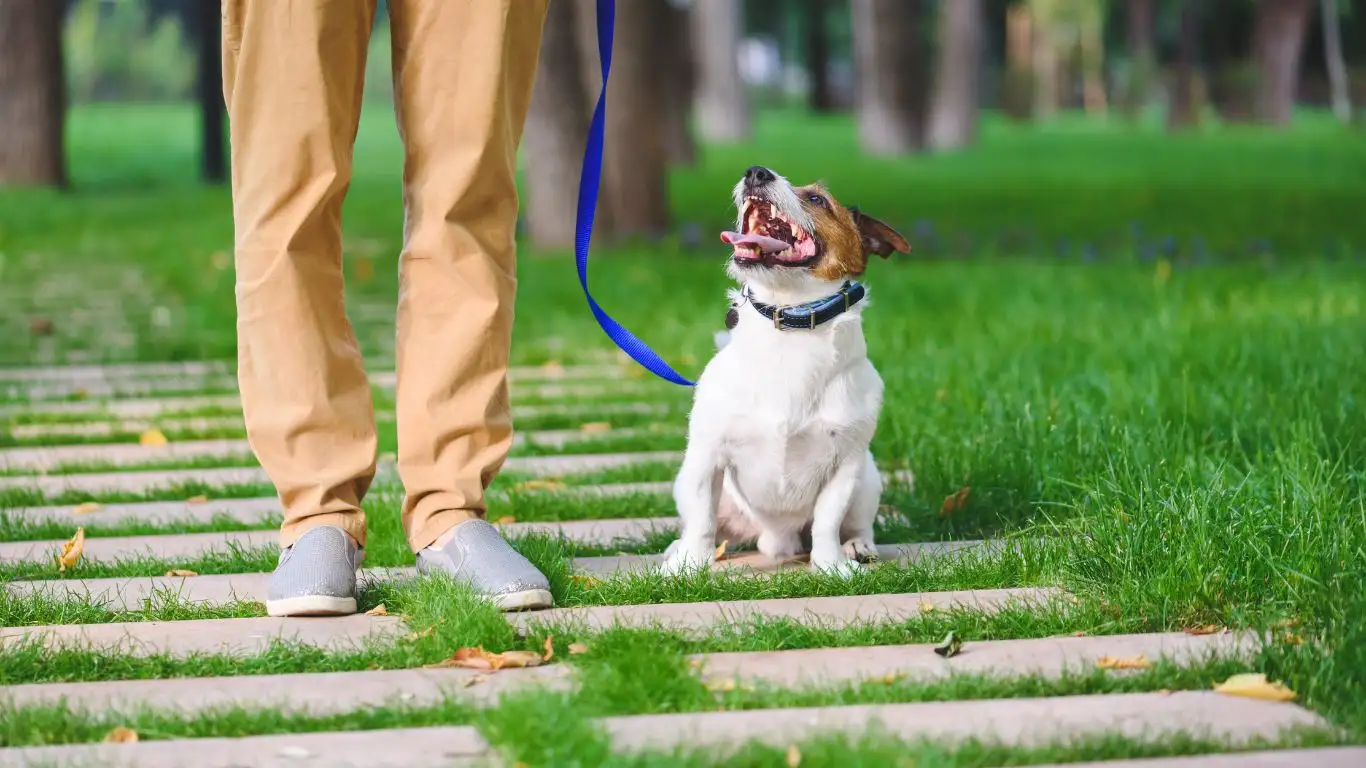
Even with all the training and progress, setbacks happen. Maybe your dog gets startled by a loud car horn or suddenly bolts at the sight of another dog. It happens. Don’t get discouraged. I’ve had clients, and honestly, even myself, experience moments where it feels like all that hard work was for nothing. But let me assure you: setbacks are normal. They’re part of the process.
What to Do When Your Dog Struggles
When your dog has a tough day, it’s important to stay calm and handle it like a pro. Here’s what I recommend:
- Stay calm. If your dog is struggling, chances are they’re picking up on your stress. Keep your energy low and controlled.
- Revert to basics. If things get too overwhelming, take a step back to a quieter location and do some simple commands like “sit” or “watch me.”
- Take breaks. Don’t push through if your dog is getting overstimulated. A few minutes to regroup and reset can make all the difference.
- Use positive reinforcement. Keep rewarding progress, even small victories, to rebuild their confidence. This isn’t about perfection; it’s about building resilience.
Remember, progress isn’t linear. Some days will be better than others, and that’s perfectly fine. The key is to keep training consistently and never let a rough day discourage you. I’ve had clients train their dogs for weeks without seeing major progress, only for everything to click one day — like magic. That’s the beauty of training: it’s often the most unexpected breakthroughs that make all the effort worth it.
Training with Tools and Resources
Throughout this journey, you’ll probably find that certain training tools can make your life a whole lot easier. In my experience, the right tools — when used properly — can accelerate your dog’s learning process. But remember: tools are just that — tools. They should never replace the basics of building a relationship with your dog. They are there to assist, not to do the job for you.
Leash Training and Harnesses
A great leash and harness can make all the difference, especially when it comes to walking on busy sidewalks. I highly recommend a front-clip harness, which helps prevent pulling and gives you better control. This is especially helpful when your dog is still learning to stay calm in chaotic environments. Leash training should be a continuous part of your sidewalk work, so make sure the leash is short but not tight. You want to maintain control without making your dog feel restricted.
Clicker Training
Another tool I’ve found invaluable is the clicker. Using a clicker to mark good behavior is a fantastic way to provide clear, instant feedback. The sound of the click is unique, and dogs quickly learn to associate it with rewards. I use clickers for everything from teaching dogs to ignore distractions to rewarding calm behavior while walking on the sidewalk.
Online Resources and Support
Sometimes, it’s helpful to reach out for additional guidance. Websites like PetMD offer expert advice on dog behavior and training. You can also check out forums or local training groups to get advice from other dog owners who are going through the same thing. Trust me, you’re not alone in this.
Disclaimer
Please note that while these training tips are based on my experience as a Canine-Assisted Therapy Trainer, every dog is different. What works for one pup might not work for another. Always be patient, and if you’re experiencing serious behavioral issues, don’t hesitate to consult a professional dog trainer. Consistent training, combined with professional guidance, can make a world of difference for both you and your dog.
